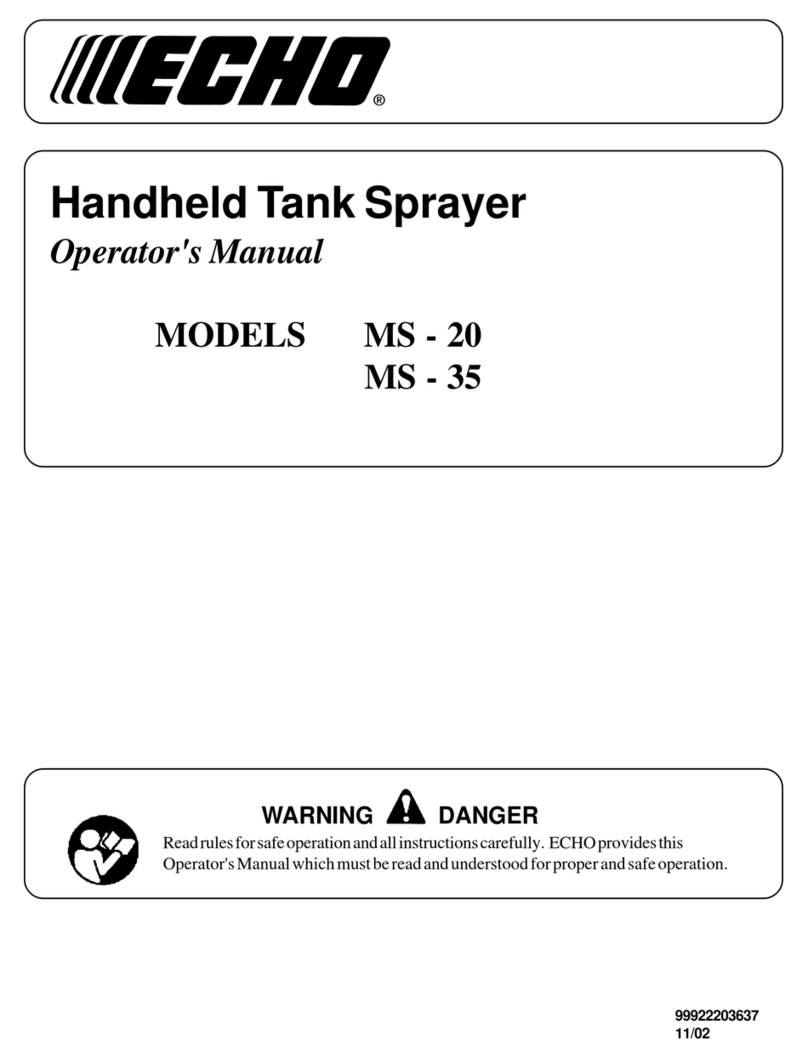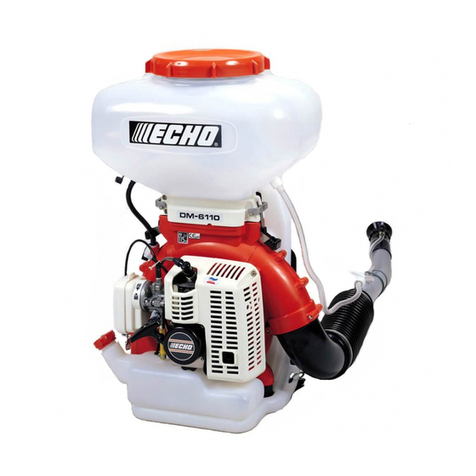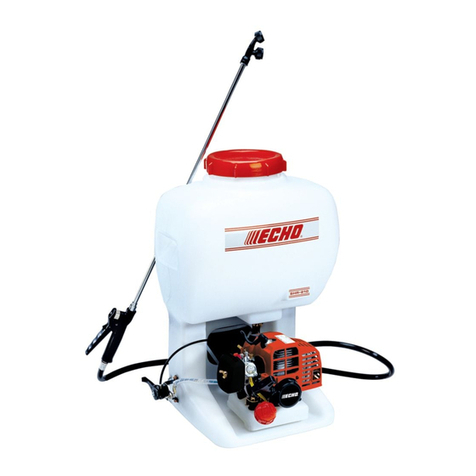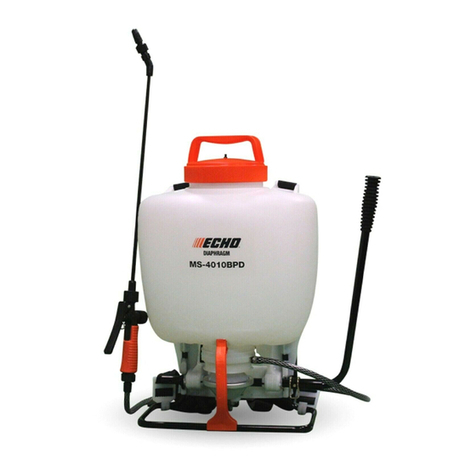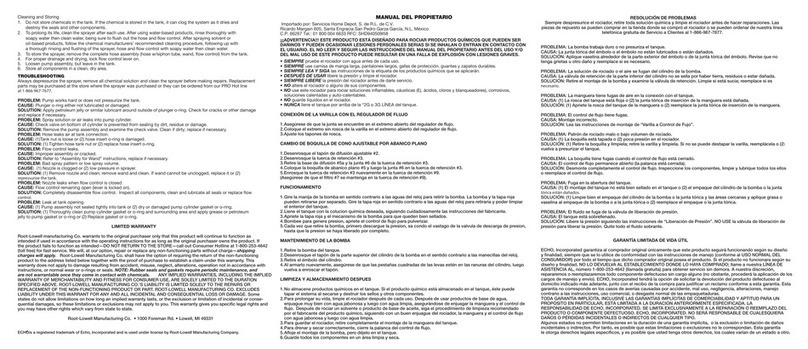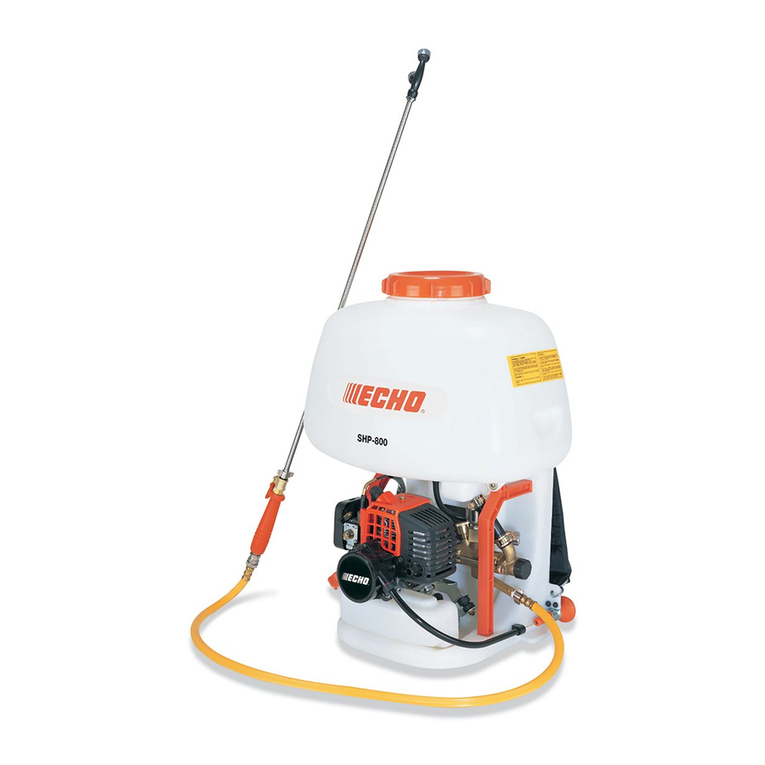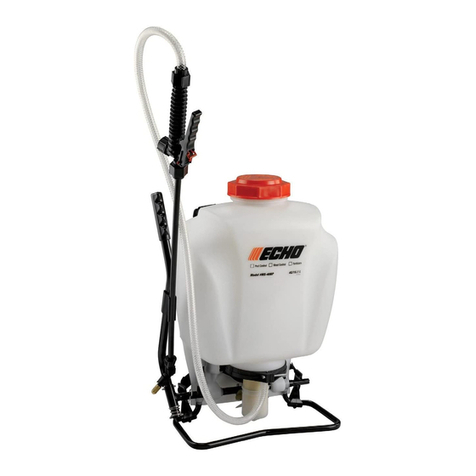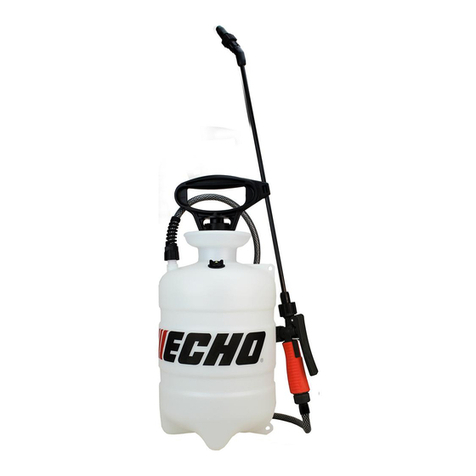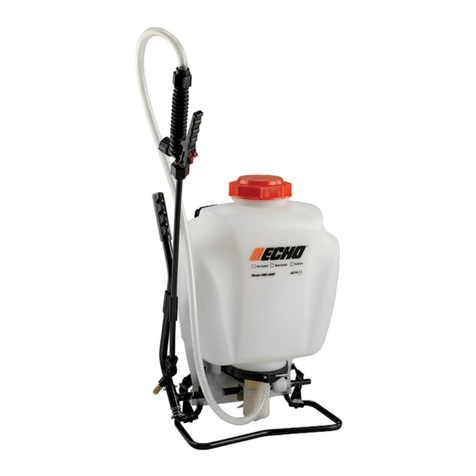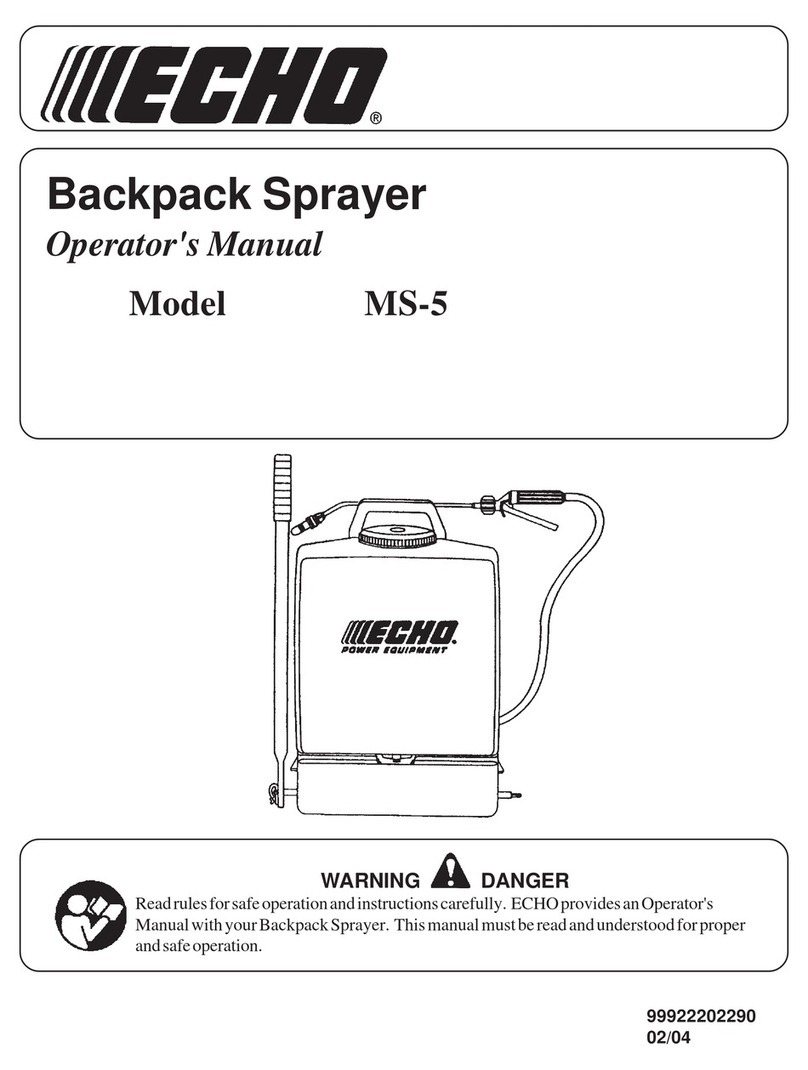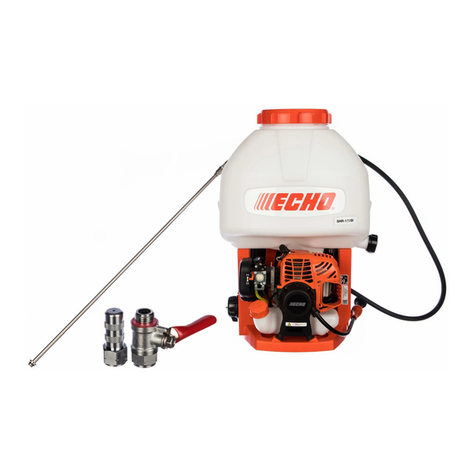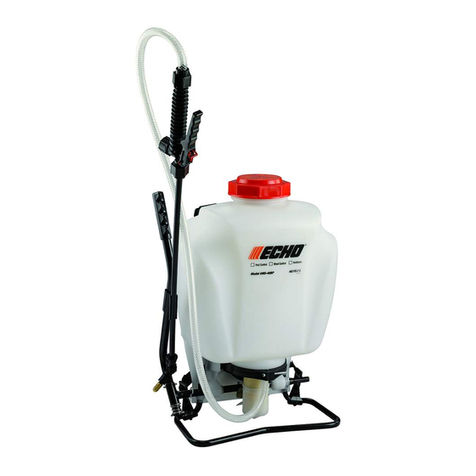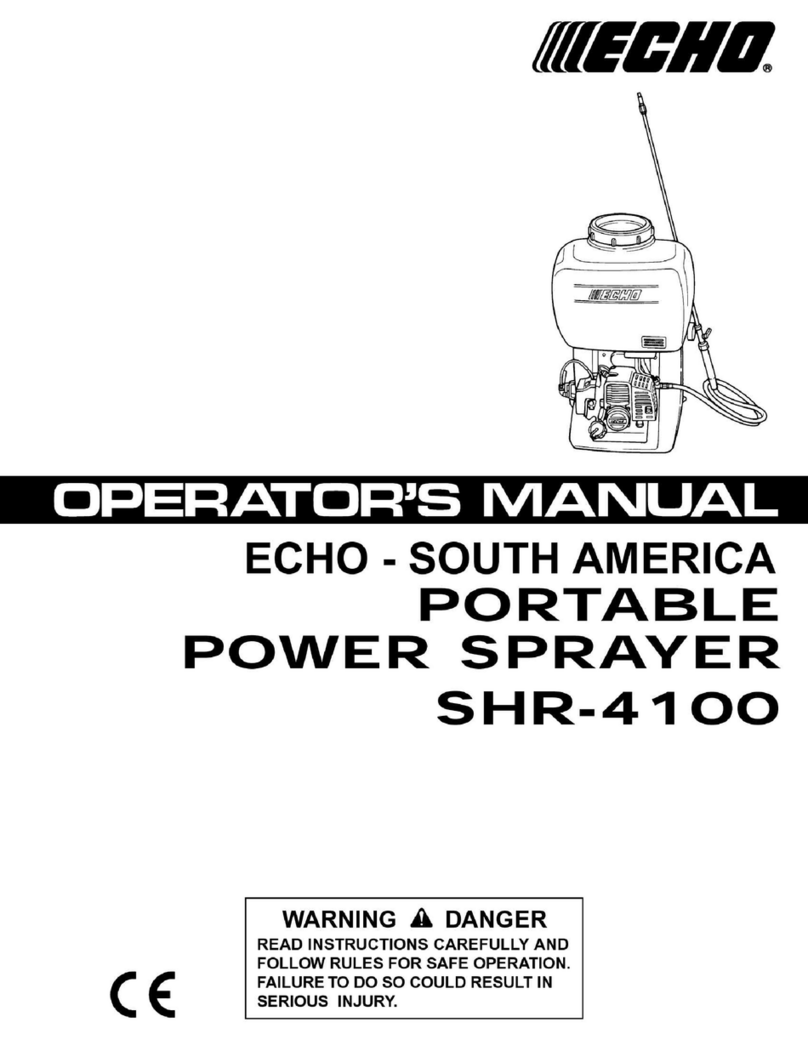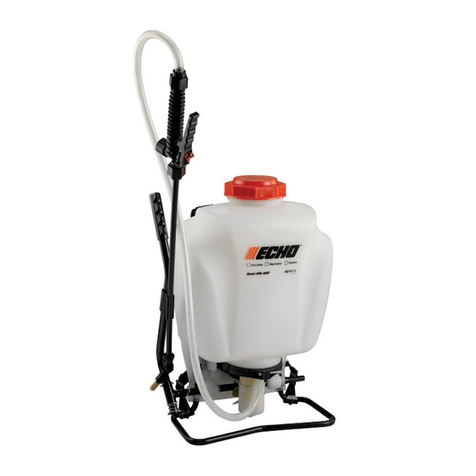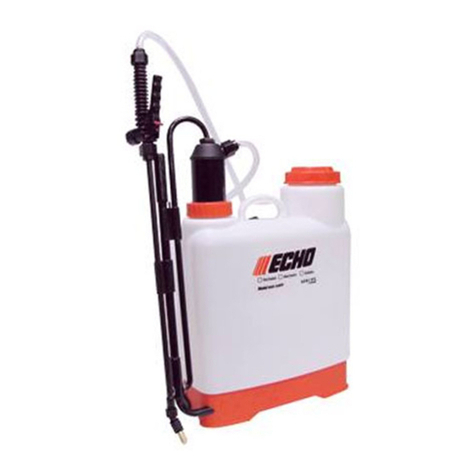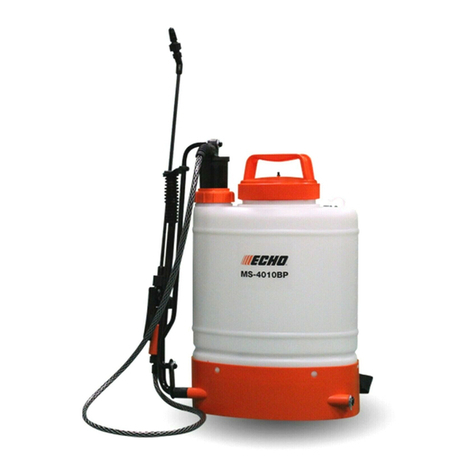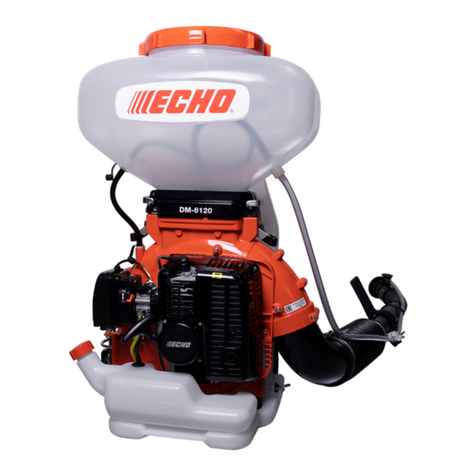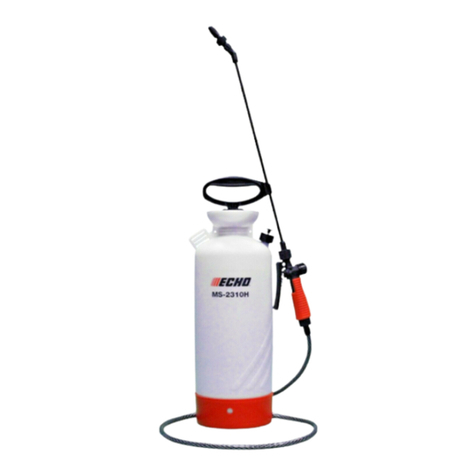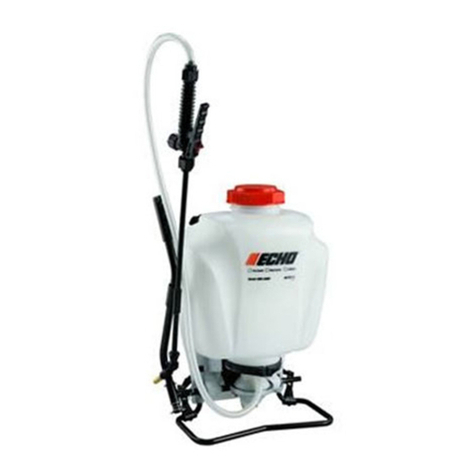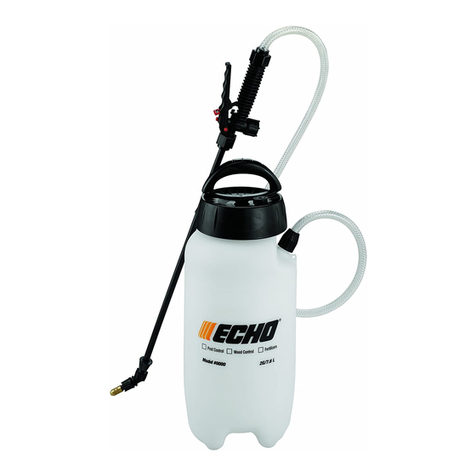3
Contents
Decals and symbols...............................................................................................4
Rules for safe operation.........................................................................................5
Operator safety.................................................................................................. 5
Reduce noise ....................................................................................................5
Reduce chances of damage..............................................................................6
Physical condition..............................................................................................6
Hot humid weather ............................................................................................ 6
Operation...........................................................................................................6
Eye, breathing and hearing protection ..............................................................6
Wear proper clothing.........................................................................................6
Description ............................................................................................................. 7
Assembling ............................................................................................................8
Spray hose and nozzle......................................................................................8
Operation ............................................................................................................... 9
Fuel ...................................................................................................................9
Handling fuel .....................................................................................................9
Chemicals..........................................................................................................9
Starting the cold engine...................................................................................10
Starting the warm engine ................................................................................10
Stopping the engine ........................................................................................11
For safe operation ...........................................................................................11
Spraying ..........................................................................................................11
Service maintenance guide..................................................................................12
Troubleshooting ...................................................................................................13
Maintenance and care .........................................................................................14
Cleaning air filter .............................................................................................14
Check fuel system ........................................................................................... 14
Replacing fuel filter.......................................................................................... 14
Check spark plug.............................................................................................14
Cylinder fins (Cooling system).........................................................................15
Carburettor adjustment....................................................................................15
Cleaning silencer.............................................................................................15
Pump greese supply........................................................................................15
Storage ................................................................................................................16
Disposal procedure ..............................................................................................17
Specifications.......................................................................................................18






